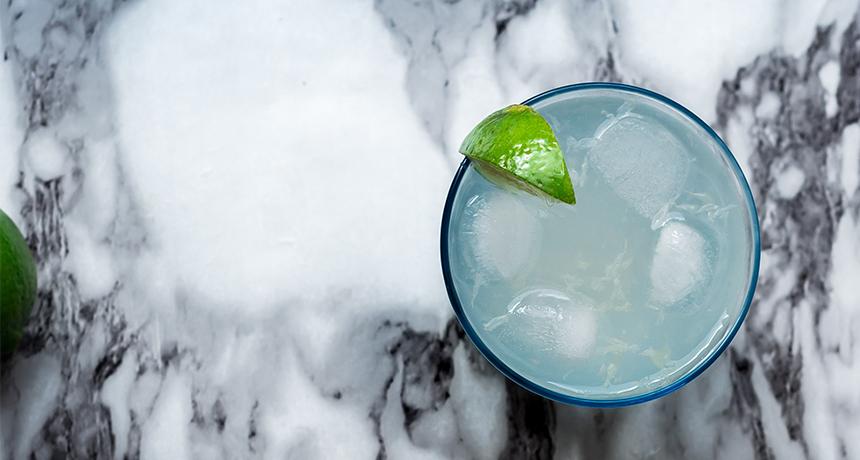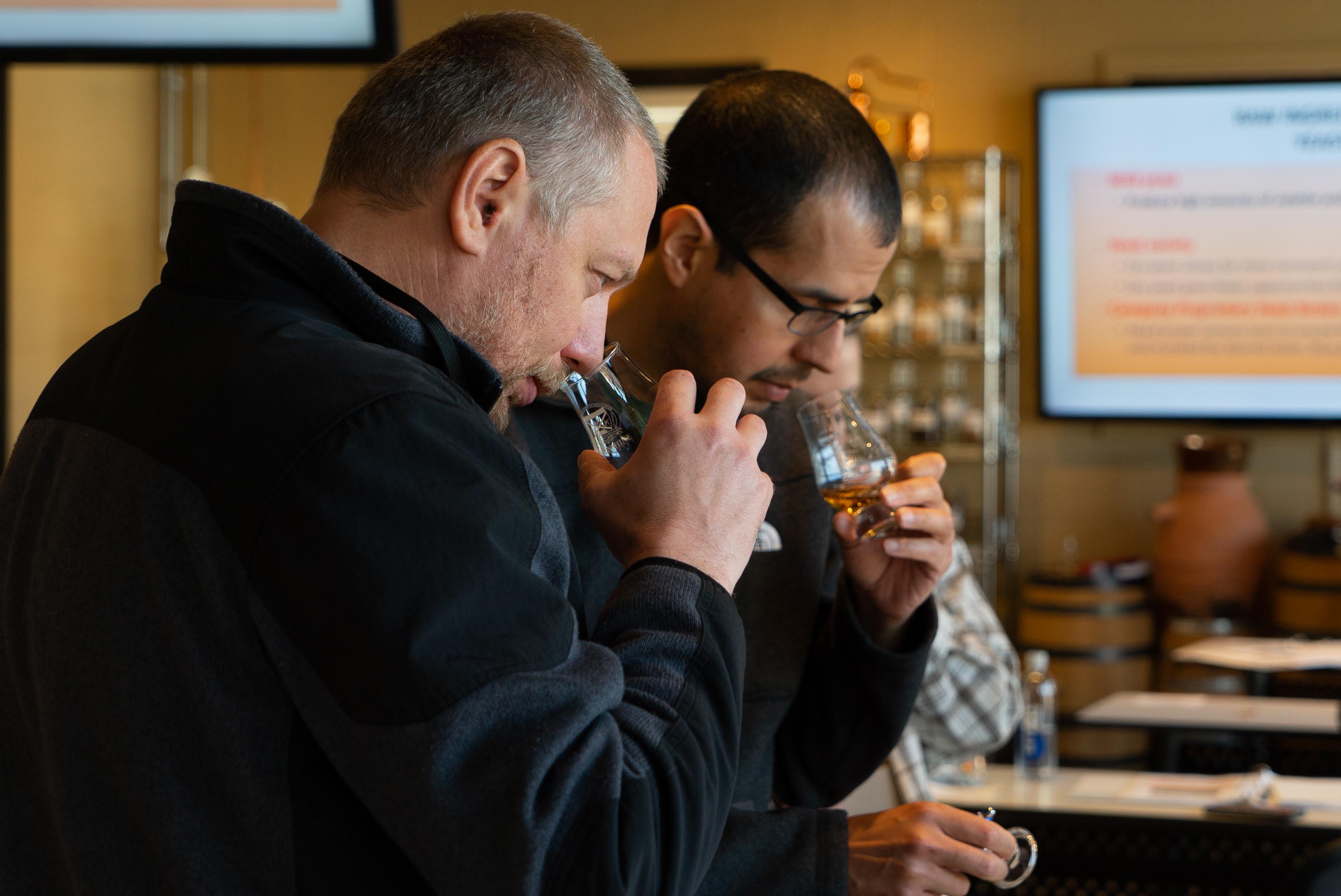
The Art of Non-Alcoholic Spirits
blog
For decades, spirits and cocktails have fostered a culture of craft, connection, and celebration. But over time, cocktail culture has evolved far beyond the buzz!

Written by Luis Ayala, Founder of Rum Central, Got Rum? magazine & The Rum University; Originally published in Got Rum? magazine (November 2016)
If you walk into the average North American or European bar and ask a dozen patrons what a "Rhum Agricole" is, then you are likely to receive just as many different answers.
I have heard all of these:
The diversity in answers is due, in great part, to the particular focus that each Rhum Agricole producer gives to its brand to make their product stand out among the competition; so what really makes this spirit unique?

When discussing Rhum Agricole, it is important to differentiate between where and how it is made.
Some distillates have protected or restricted denominations (think Cognac, Tequila, Cachaca, or Bourbon) meaning they must be produced and/or aged in certain countries or regions to be recognized by that distinction- this is also the case with Rhum Agricole.
There is a Protected Designation of Origin- or in French, an Appellation d'Origine Contrôlée (AOC)- for this style of spirit. It must be made in Martinique, an island and French overseas region located in the Caribbean. Of course, it's not enough that it comes from this locale alone; in order to be recognized authentically as an AOC Martinique Rhum Agricole, the rhum must meet the following criteria:
Rhum Agricole must be made from sugarcane cultivated in one of the 23 approved municipalities in Martinique.
Sugarcane cultivation methods are clearly defined to keep yields low. This discourages aggressive fertilization practices that would otherwise increase yields, but unsustainably.
There are also strict processing requirements. The cane juice- which must be extracted using cold-pressing methods only- must have a Brix level above 14 and a pH above 4.7.
Fermentation can be spontaneous or achieved through pitching a concentrated yeast solution; however, it must be conducted in batches (discontinuous) and carried out in open containers (without CO2 capture) in a capacity no larger than 50K liters (or 13,208 gallons). Fermentation also cannot exceed 72 hours.
To make Rhum Agricole according to AOC Martinique standards, it must be distilled using continuous distillation columns with a diameter of between 0.7 and 2 meters (or 27 and 78 inches). The column in question must have:

Rhum Agricole produced according to the above definition is then assigned an additional classification dependent on how it is aged:
Next time someone comes up to you in a bar and asks for a definition of Rhum Agricole, you should be able to give them an earful! As a bonus, there's a cocktail recipe you can suggest that utilizes Rhum Agricole as its signature ingredient:
Ti' Punch
The Ti' Punch, an abbreviation for Petit Ponch or "small punch," is a very popular cocktail in the French West Indies where it is made using the locally-produced Rhum Agricole. Although many variations of the drink exist, there is a basic recipe you can start with before adding other fresh fruits or syrups.
Ingredients
Directions
Add the Rhum Agricole to a rocks glass and add a splash of the sugarcane syrup. Squeeze and add the lime wedge, stir gently, then add ice. Garnish with the lime peel. Enjoy!
Interested in advancing your knowledge of distilling and the spirits industry? Check out Moonshine University's upcoming courses to learn from the best in the business.
Written by Luis Ayala, Founder of Rum Central, Got Rum? magazine & The Rum University; Originally published in Got Rum? magazine (November 2016).
Related Content
11 Questions With World Rum Master, Luis Ayala!

blog
For decades, spirits and cocktails have fostered a culture of craft, connection, and celebration. But over time, cocktail culture has evolved far beyond the buzz!

blog
Those that are familiar with the process of crafting distilled spirits may also be familiar with the 10 common congeners that are created during fermentation, and honed during the distillation run. Each congener has its own distinct personality, rendering unique tastes and aromas to the finished spirit.

blog
So, you want to start distilling with freshly milled grain. Maybe you're tired of paying top dollar for the pre-milled stuff from the malt distributor, and you're ready to invest in the quality, efficiency, and bulk pricing that comes with milling your own whole grain. But where do you start?